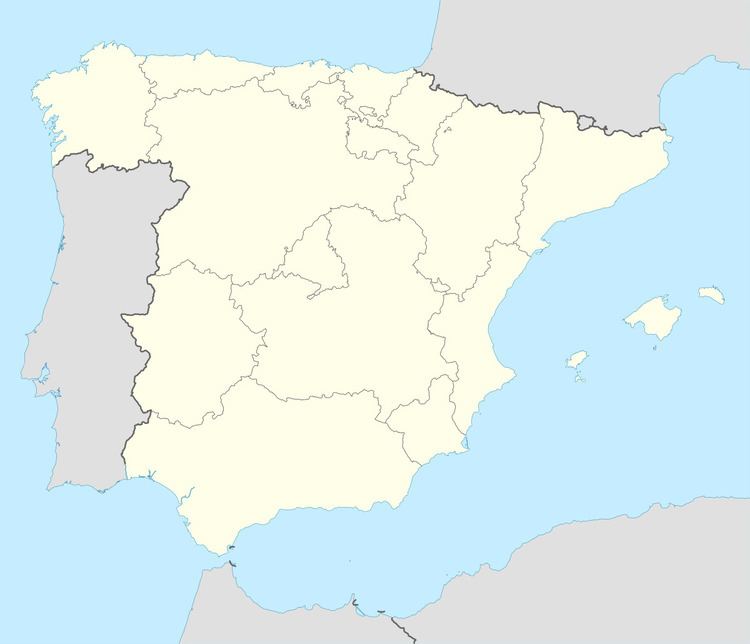Native speakers 11,000 (1994) Glottolog fala1241 | ISO 639-3 fax | |
 | ||
Language family Indo-EuropeanItalicRomanceWesternIbero-RomanceWest IberianPortuguese-GalicianFala | ||
Fala ("Speech") is a Romance language commonly classified in the Portuguese-Galician subgroup, with some traits from Leonese, spoken in Spain by about 10,500 people, of whom 5,500 live in a valley of the northwestern part of Extremadura near the border with Portugal. The speakers of Fala live in the towns of Valverde del Fresno (Valverdi du Fresnu), Eljas (As Ellas) and San Martín de Trevejo (Sa Martín de Trebellu).
Contents
Other names sometimes used for the language are Fala de Jálama or Fala de Xálima, but neither of them is used by the speakers themselves, who call their linguistic varieties lagarteiru (in Eljas), manhegu / mañegu (in San Martín de Trevejo) and valverdeiru (in Valverde del Fresno).
Even though it has no official status, and has little presence in schools and church, use of the language is vigorous, and the literacy rate in Fala is nearly 100%. As a linguistic community, speakers have a strong, independent identity; they have rejected implementing a standard orthography similar to or based on the Galician one. A translation of the New Testament has been published in Fala (2015).
Origins
In the Middle Ages we can find mixed varieties of Portuguese and Leonese throughout the border between Leon and Portugal, represented in texts as in the Foro de Castelo Rodrigo (13th century); and although there is no documentation about the colonization and repopulation in this place in the 13th century, there are several hypothesis of Galician citizens moved to protect the frontiers against Muslims as a punishment imposed by the Leonese king, or the delivery of the territories to various military orders by Alfonso IX and Fernando II.
Generally speaking, philologists in favor of the Galician theory are based in the hypothesis that the valley is an isolated region and, therefore, the Galician colonists maintain their way of speaking in a "pure" form because of the lack of external influences. This thesis is refuted if we contrast it with other historic data:
Recent
On August 3, 1992, the association Fala i Cultura was founded, among its goals being the compilation of a common grammar (based on the Galician one) and the commemoration of u día da nosa fala (the day of our language) celebrated once a year from 1992 in Eljas, 1993 in Valverde and 1994 in San Martín.
It was not until 1998 that the first literary work in Fala was published: Seis sainetes valverdeiros, written by Isabel López Lajas and published in 1998 by Edicións Positivas (Santiago de Compostela). It was on this date that the Gabinete de Iniciativas Transfronterizas (Office of Cross-Border Initiatives) started to take interest in Fala and to promote its study, publishing in 1999 scientific works and celebrating in May a "Congress on A Fala".
On June 14, 2000, Fala was recognized by the Ministry of Culture of the Junta de Extremadura as Bien de Interés Cultural. Nowadays, although the inhabitants of Jalama Valley can speak Spanish, most of them are bilingual because at home and in other activities outside school, they continue using the local language.
